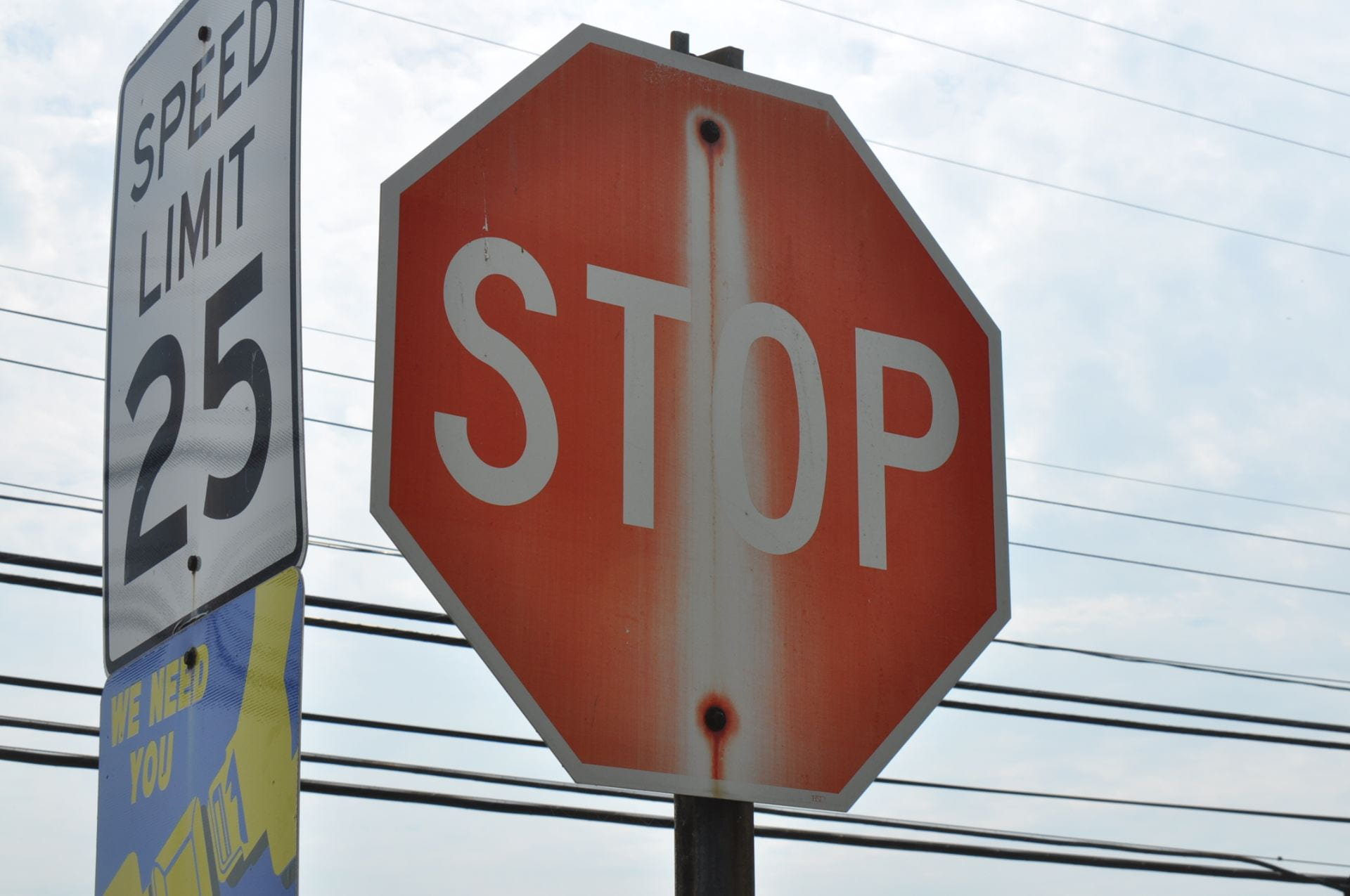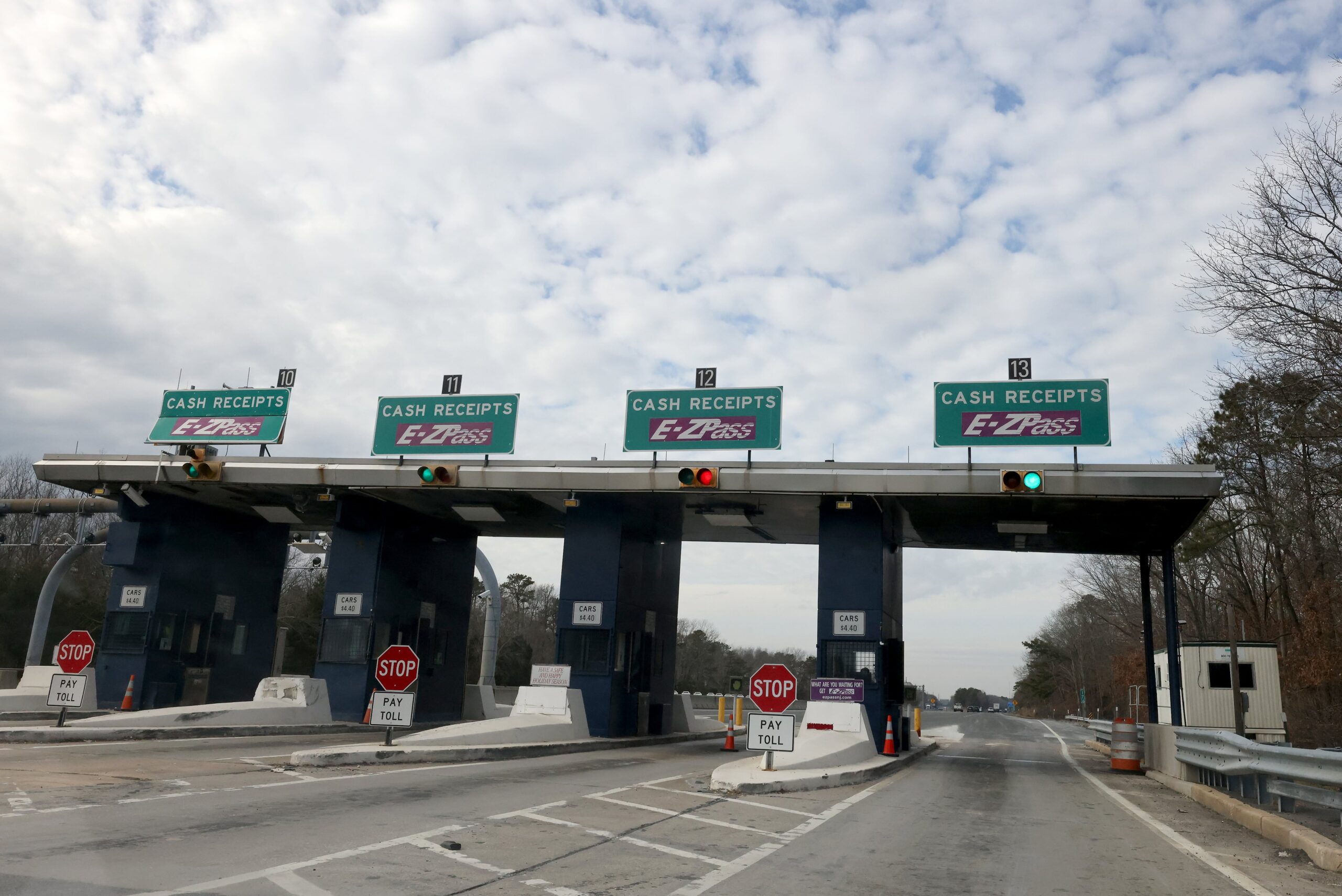Delaware’s right-of-way laws are essential for maintaining safe and efficient traffic flow. These regulations dictate who has the priority to proceed in various driving situations, such as intersections, pedestrian crossings, highways, and emergency situations.
Understanding and following these laws can help prevent accidents and ensure a smooth driving experience.
Right-of-Way at Intersections
Intersections are one of the most common locations for right-of-way disputes and potential accidents. Delaware law establishes the following rules:
- Uncontrolled Intersections: If two vehicles arrive at an intersection without traffic signals or signs, the driver on the left must yield to the driver on the right.
- Four-Way Stops: When multiple vehicles arrive at a four-way stop simultaneously, the vehicle on the right has the right of way. If one vehicle arrives first, it proceeds first.
- Traffic Signals:
- A green light gives drivers the right to proceed but requires them to yield to pedestrians and any vehicles still in the intersection.
- A flashing red light functions like a stop sign, requiring drivers to stop and proceed only when the way is clear.
- Left Turns: A driver making a left turn must yield to oncoming traffic and pedestrians unless they have a green arrow signal.
Failure to yield in these situations can result in fines, points on a driver’s record, and liability in an accident.
Pedestrian Right-of-Way Laws
Pedestrian safety is a significant priority in Delaware. The law mandates:
- Crosswalks (Marked and Unmarked): Drivers must yield to pedestrians at all crosswalks. If a pedestrian is already crossing, vehicles must stop completely.
- Intersections: Pedestrians have the right of way when crossing at an intersection, even if no marked crosswalk is present.
- Jaywalking: Pedestrians crossing outside designated crosswalks must yield to vehicles. However, drivers should still be cautious and avoid hitting pedestrians.
- School Zones and School Buses:
- Drivers must use extra caution in school zones.
- Motorists must stop for school buses when their stop signs are extended, allowing children to cross safely.
Violating pedestrian right-of-way laws can lead to severe penalties.
Right-of-Way on Highways and Merging Traffic
Delaware law provides clear rules for merging and yielding on highways:
- Highway Merging: Vehicles entering a highway must yield to traffic already on the highway.
- Lane Changes: Drivers must check for traffic and signal before changing lanes. If another vehicle is already in the lane, the merging driver must yield.
- Exit Ramps: Vehicles on exit ramps must yield to traffic on the main highway before merging.
Right-of-Way for Emergency Vehicles
Emergency vehicles with flashing lights and sirens always have the right of way. Delaware law requires:
- Drivers to pull over to the right and stop when an emergency vehicle approaches.
- Vehicles to remain stopped until the emergency vehicle has passed unless directed otherwise by law enforcement.
- Motorists never to follow or attempt to pass an emergency vehicle responding to an emergency.
Failure to yield to emergency vehicles can result in hefty fines and possible legal consequences.
Bicyclists and Right-of-Way
Bicyclists in Delaware are treated as vehicles, meaning they must follow the same rules as motorists. However, drivers must:
- Yield to cyclists in bike lanes and when making turns.
- Maintain at least three feet of space when passing a bicycle.
- Exercise caution at intersections where cyclists may be crossing.
Cyclists, in turn, must follow all traffic laws, signal their turns, and yield to pedestrians.
Conclusion
Delaware’s right-of-way laws exist to reduce accidents and improve road safety. Whether at intersections, on highways, or near pedestrians, knowing and following these laws can prevent conflicts and ensure the safe coexistence of drivers, cyclists, and pedestrians.
By staying informed and following traffic laws, everyone can contribute to a safer road environment.








